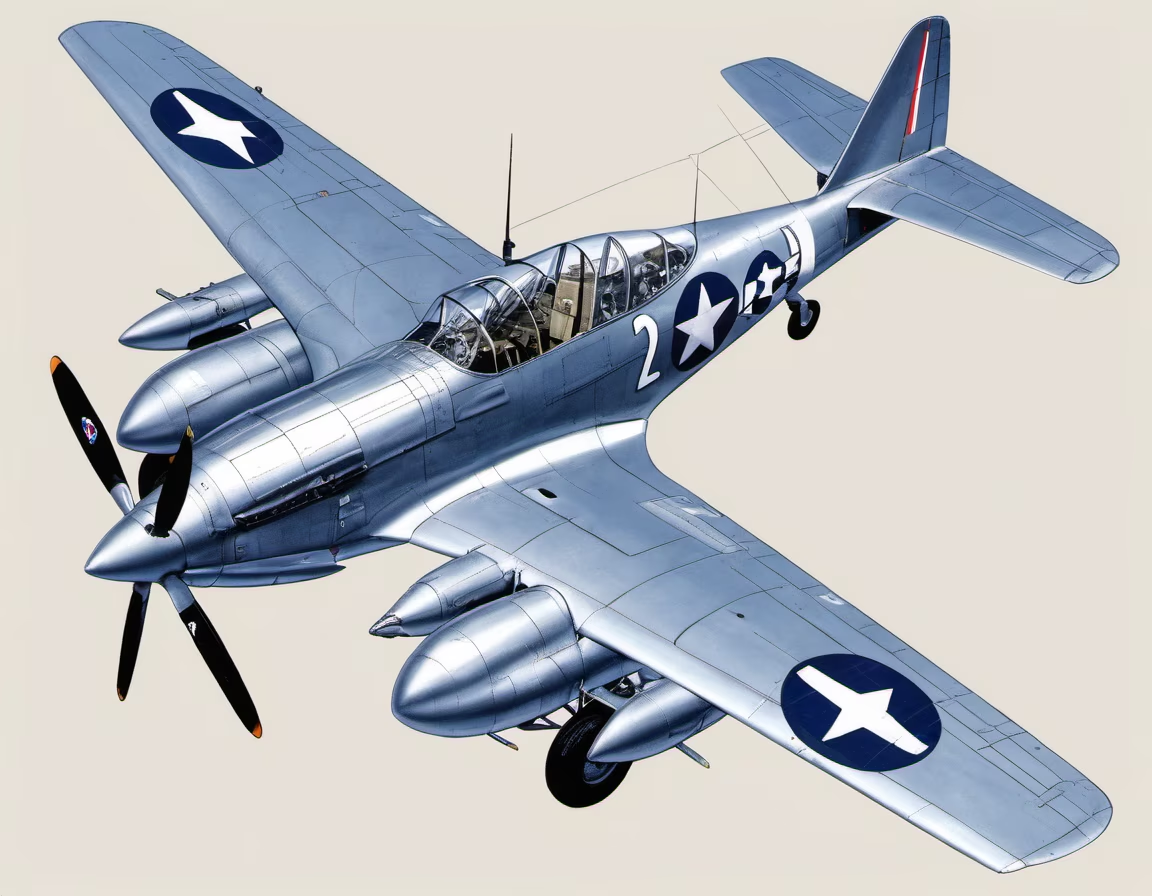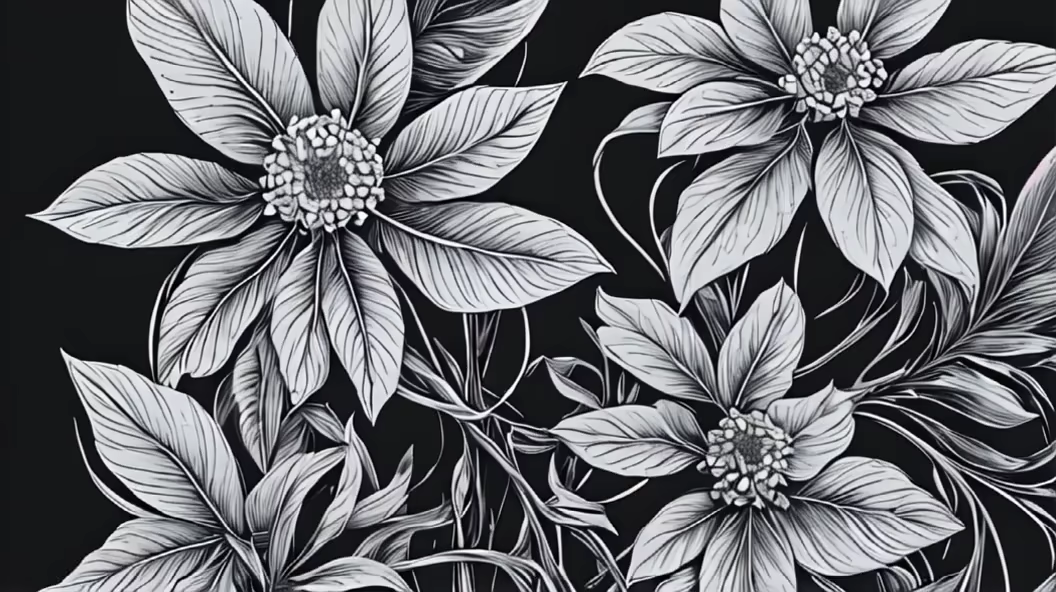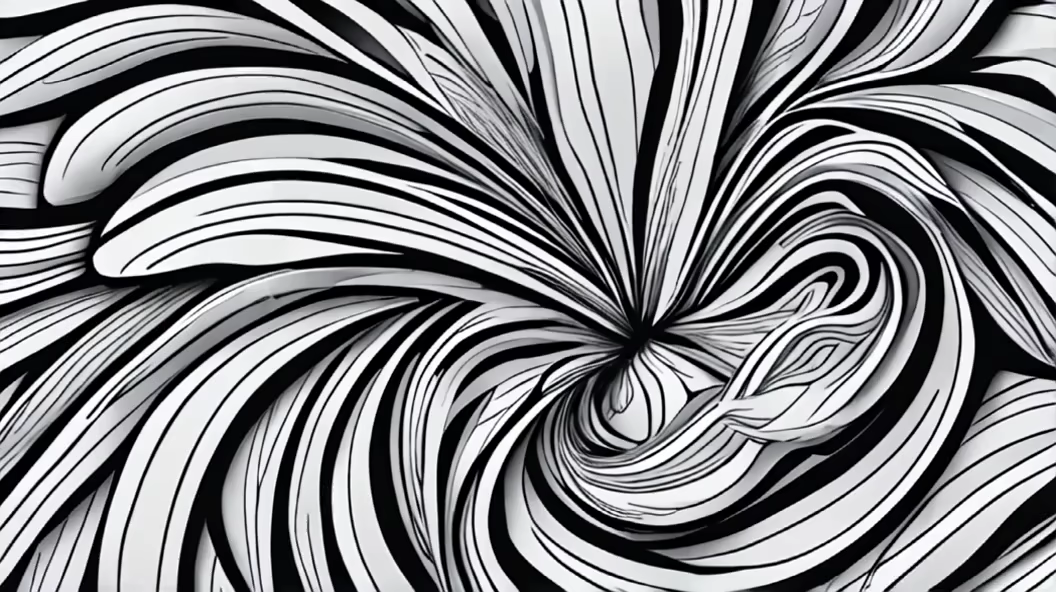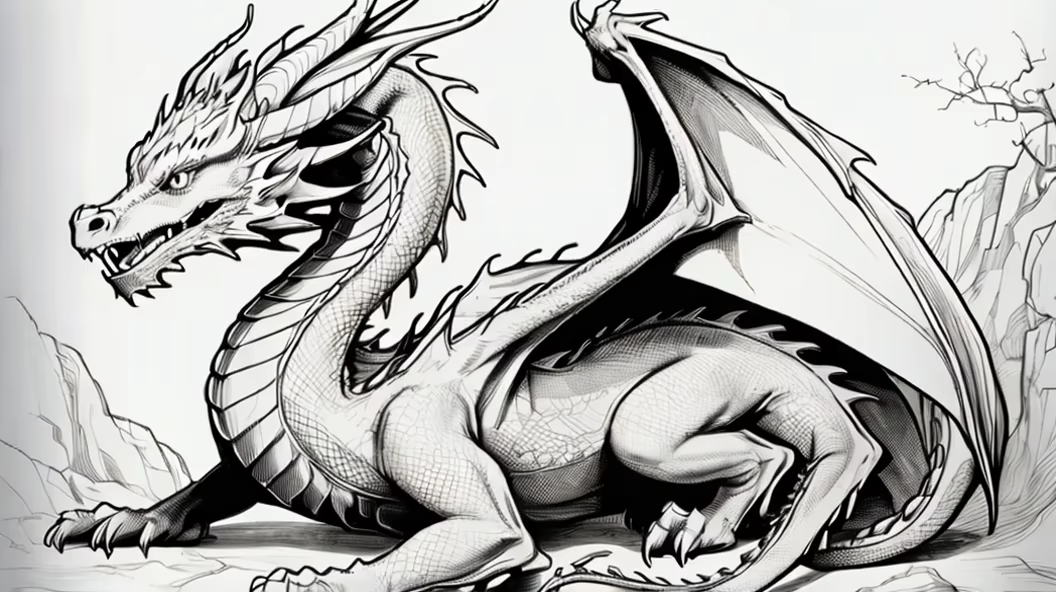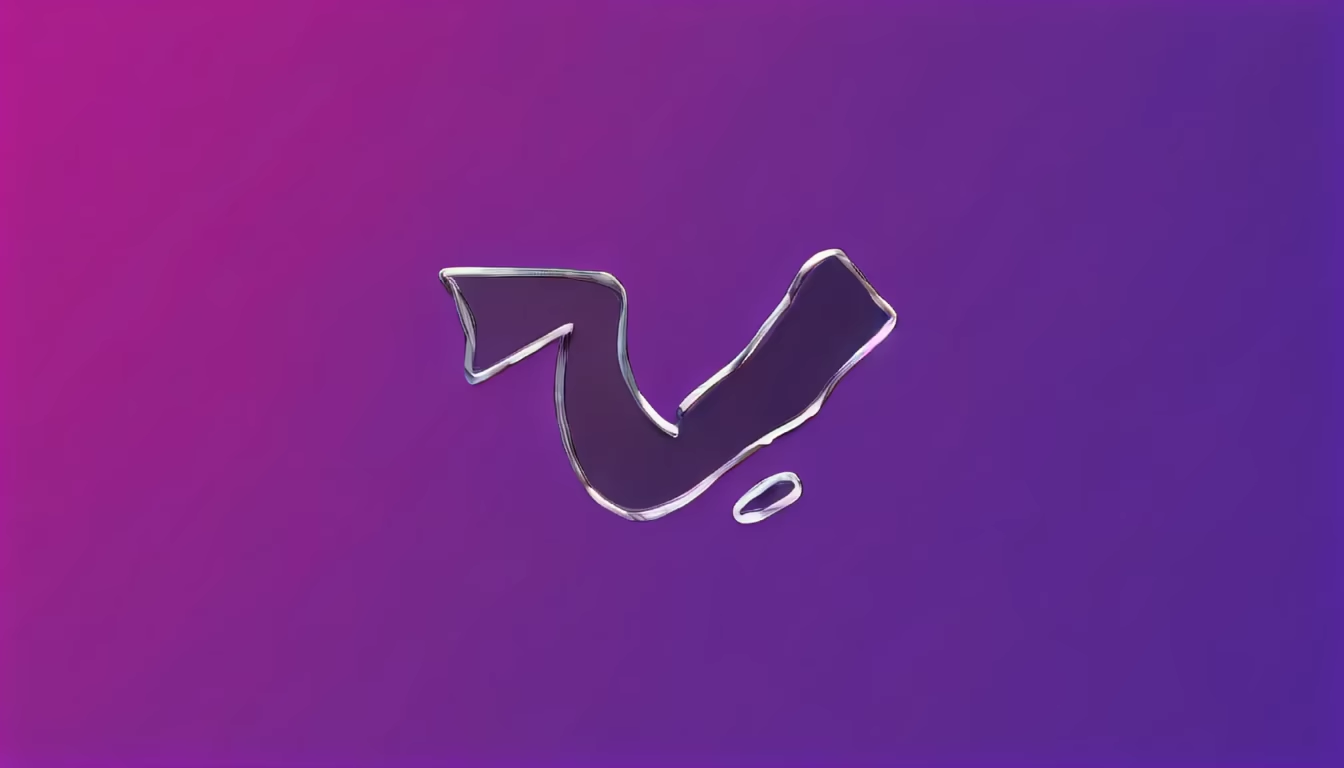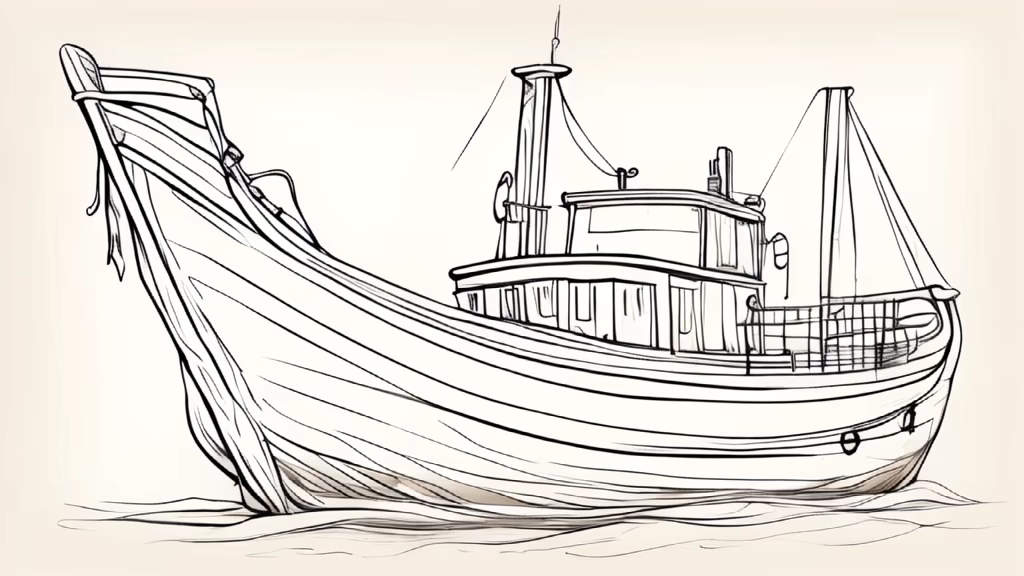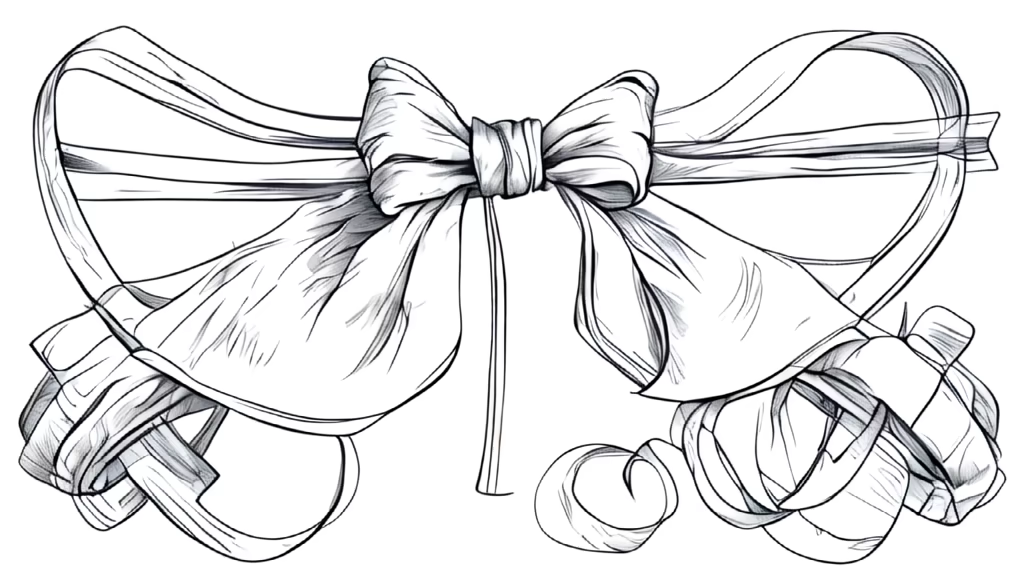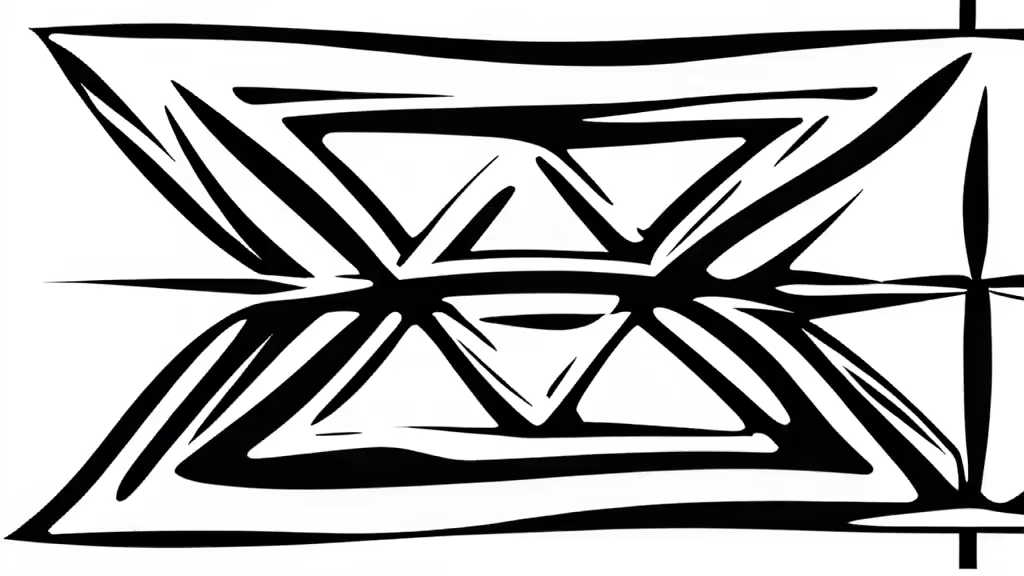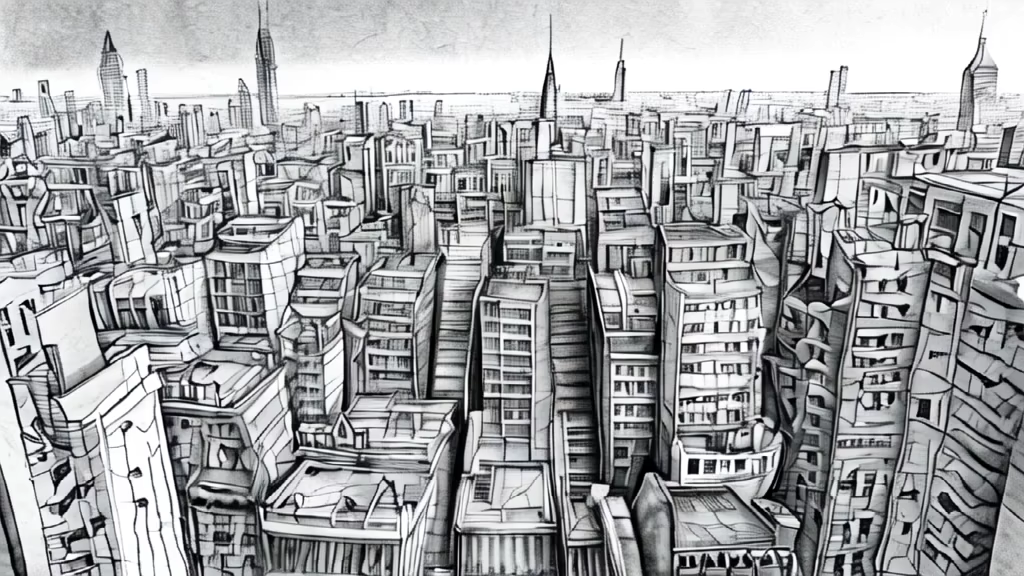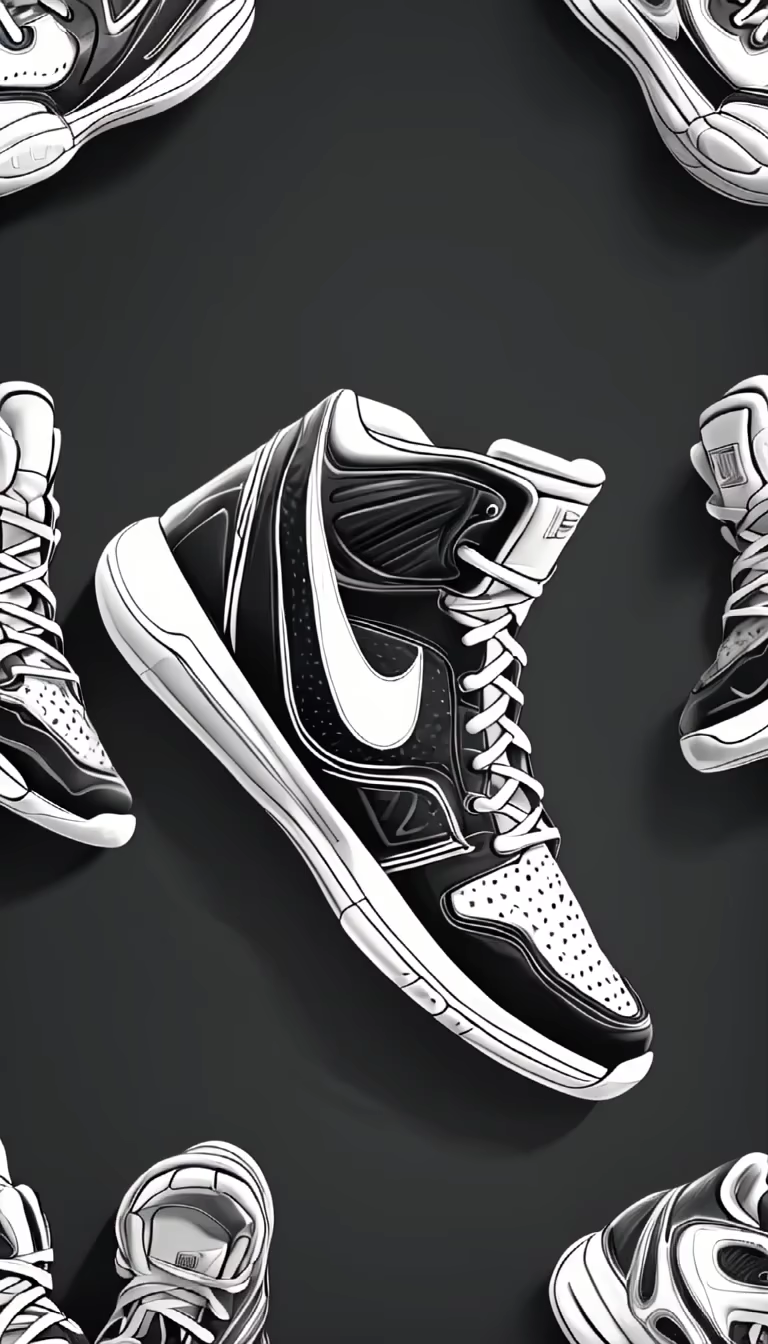
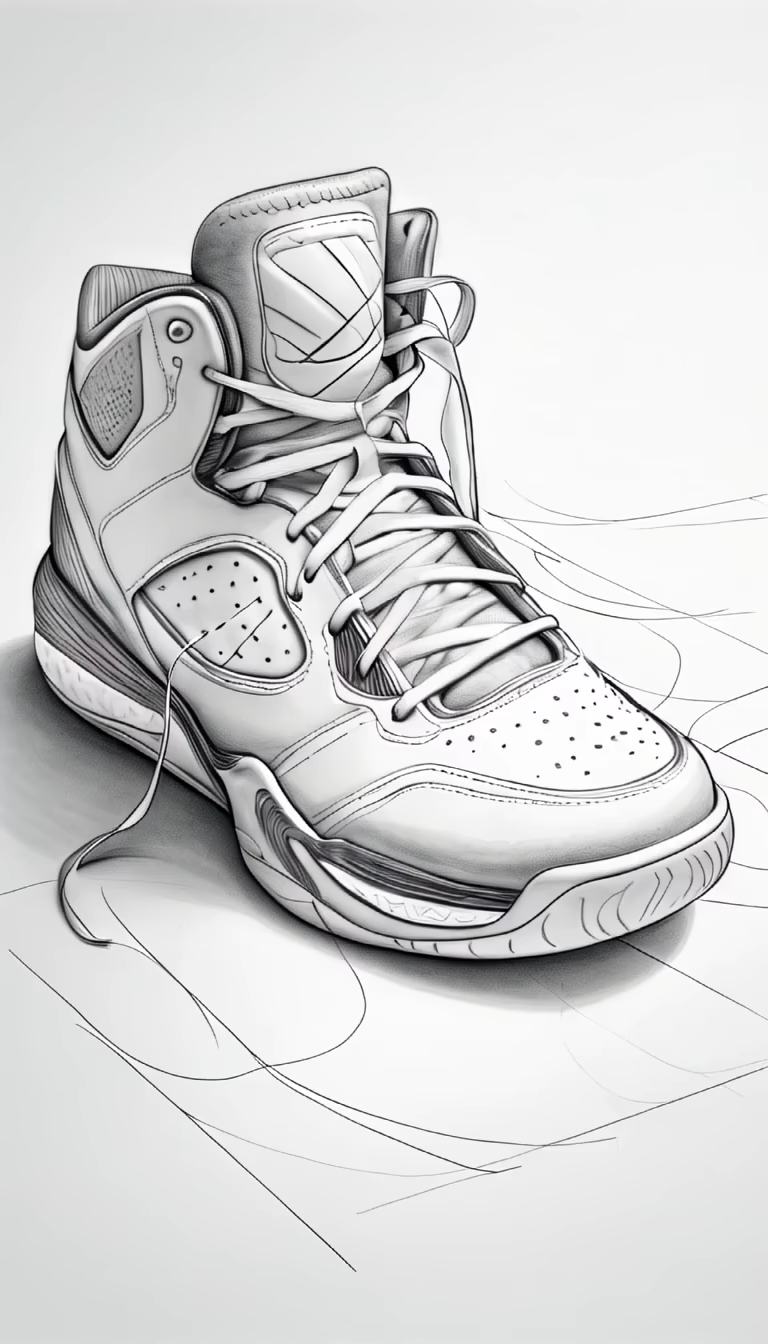

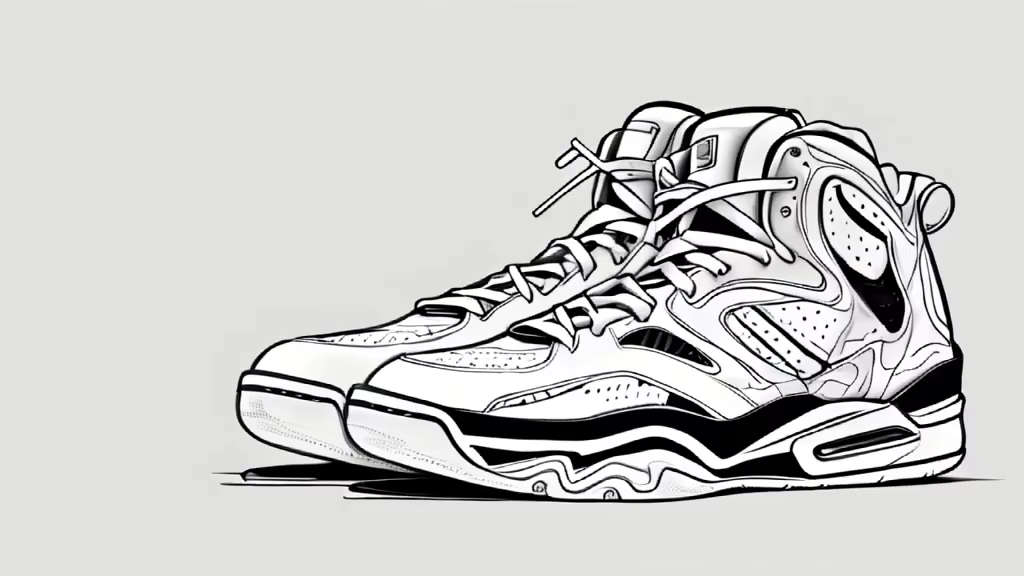








Prompt: https://bzuimg-1304102410.cos.accelerate.myqcloud.com/web_img/202312/74a729b318e33c7.jpeg, Activity illustration, detail description, Landscape Painting, Hand Drawing, 8K, HDR, UhD, detailed, --ar 750:1334 --q 5 --stop 50 --no 混乱色调
Style: Line Art
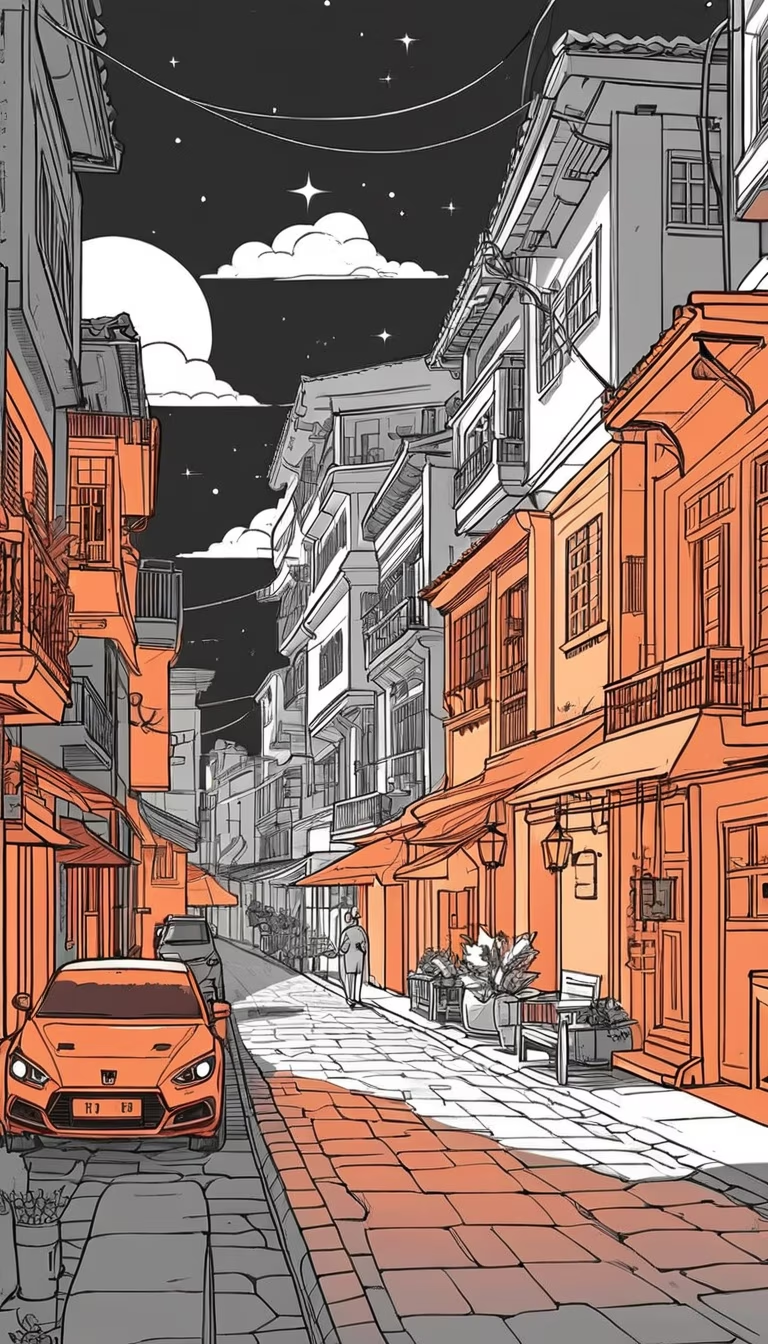

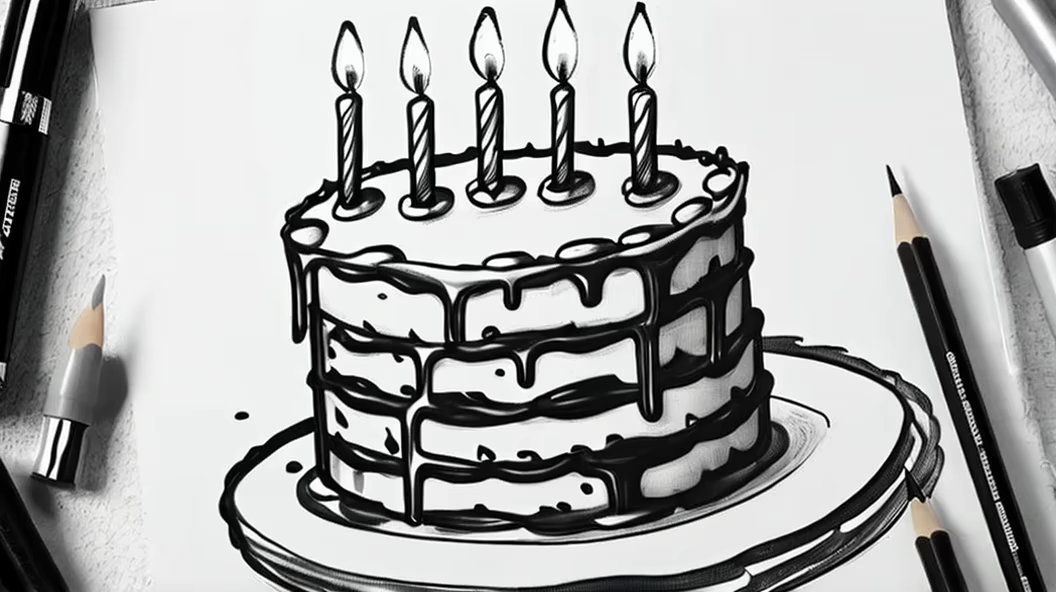
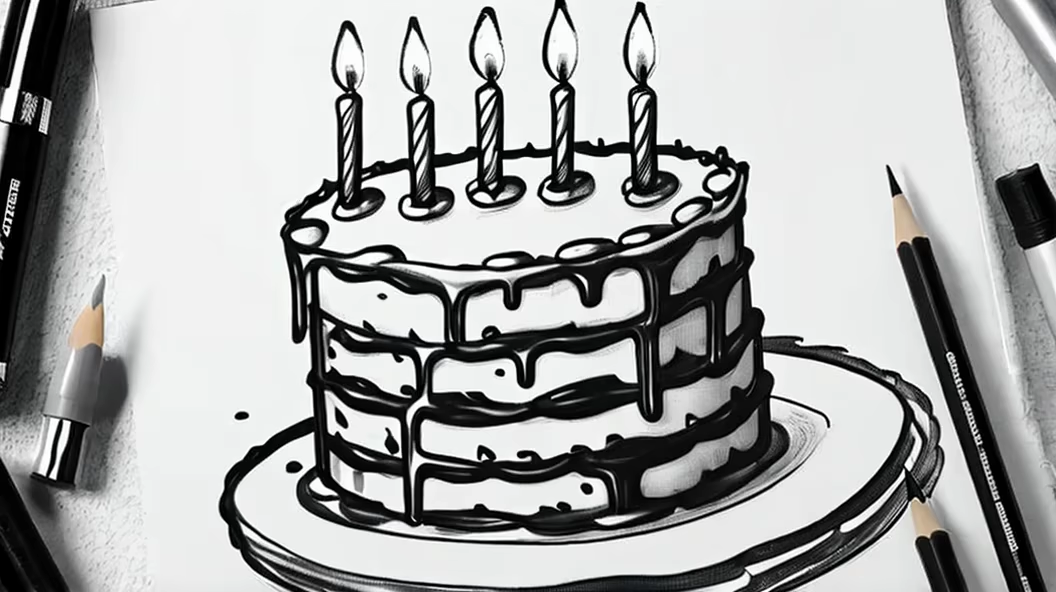
Prompt: set of shoes illustration line art vector on a white background, 16k ultra high resolution, very sharp, ultra high detailed, high saturated image
Style: Line Art













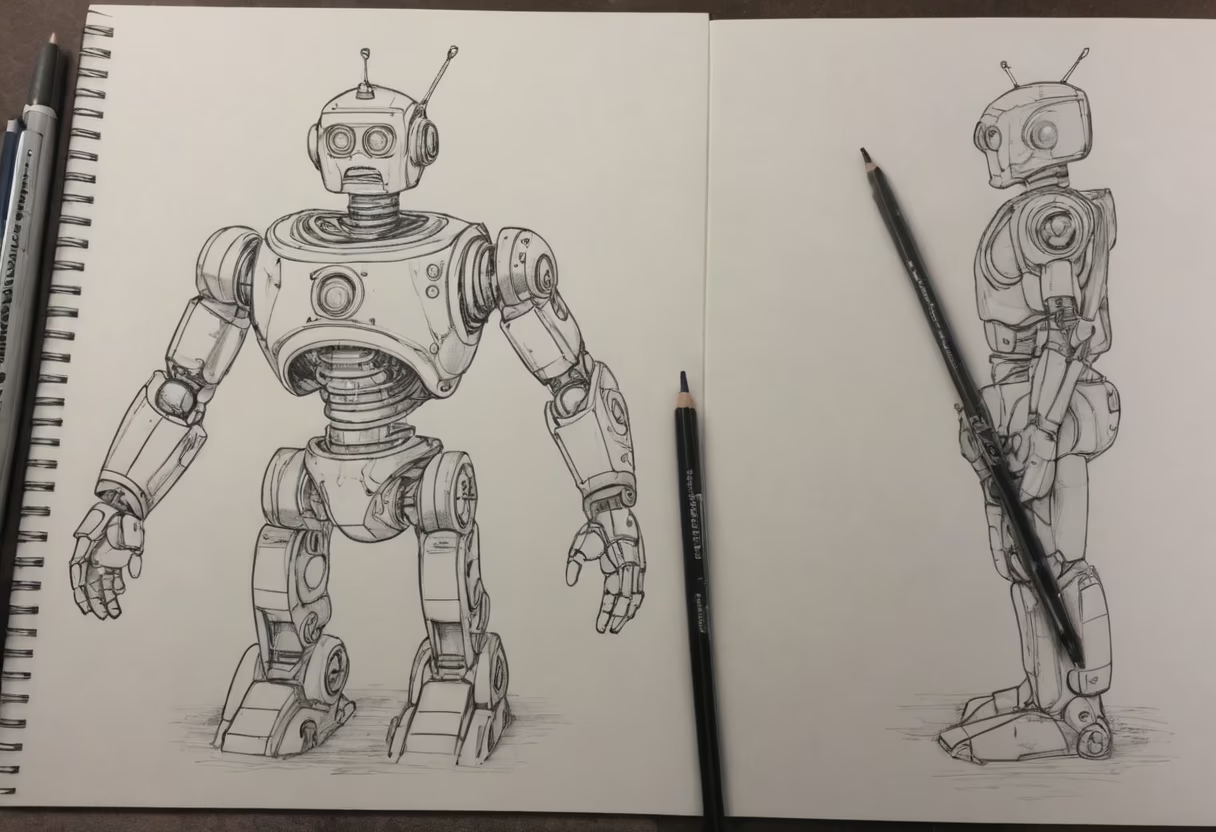
Prompt: https://discord.com/channels/1002292111942635562/1108646783090958336/1194964314415702108
Style: Line Art






Prompt: aline drawing,line art,line work,black and white,\u003clora:animeoutlineV4_16:0.85\u003e
Negative: ((color lump))








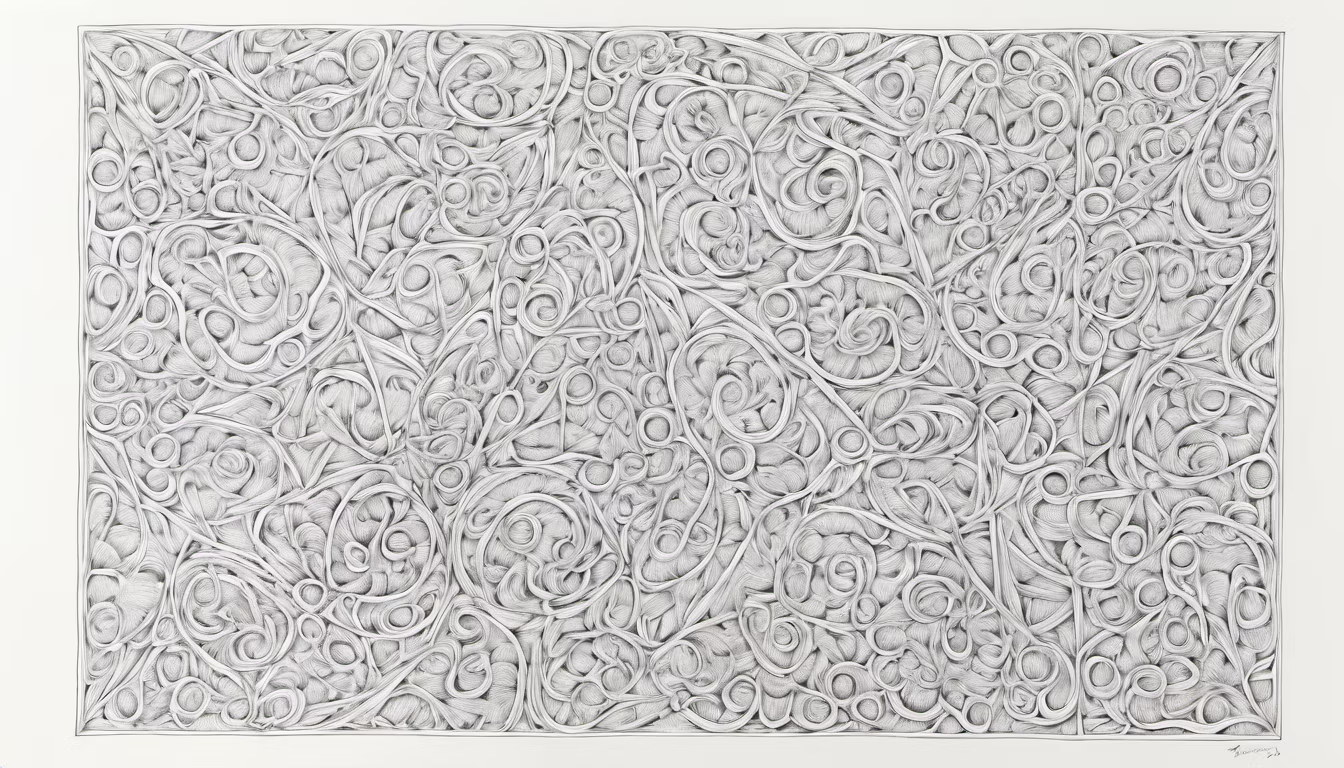

Prompt: Dreaming for \u003c@!815622009790136320\u003e... `/dream prompt:\\u003c@815622009790136320\\u003e's DreamPrompt: looking over the edge of a skyscraper roof at night time to the streets below in a city just after sundown, light rain, vibrant lights, --warm colors, --elegant theme, --cinematic experience, --ar16:9, --4k, --photorealism
Style: Line Art


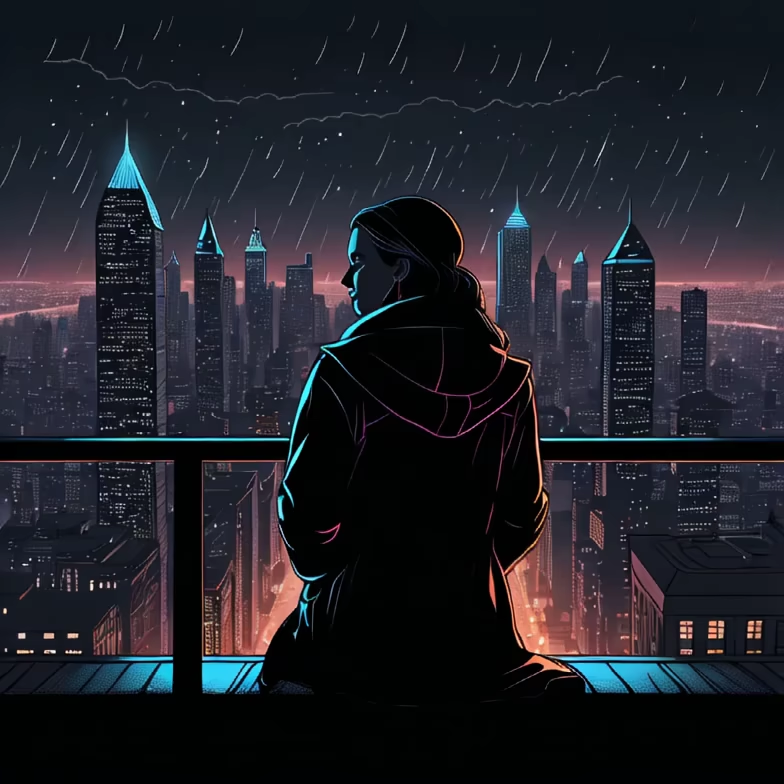
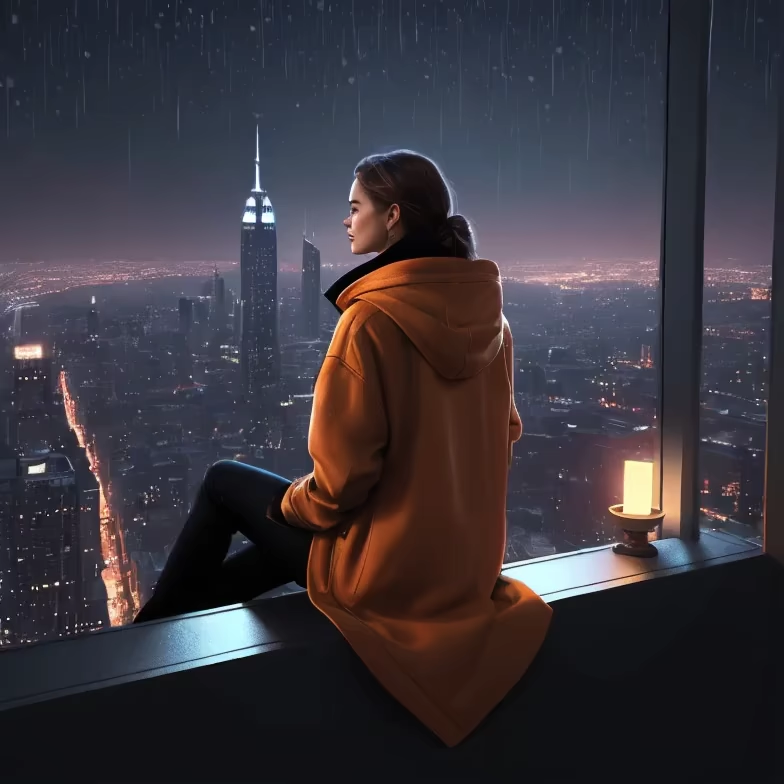
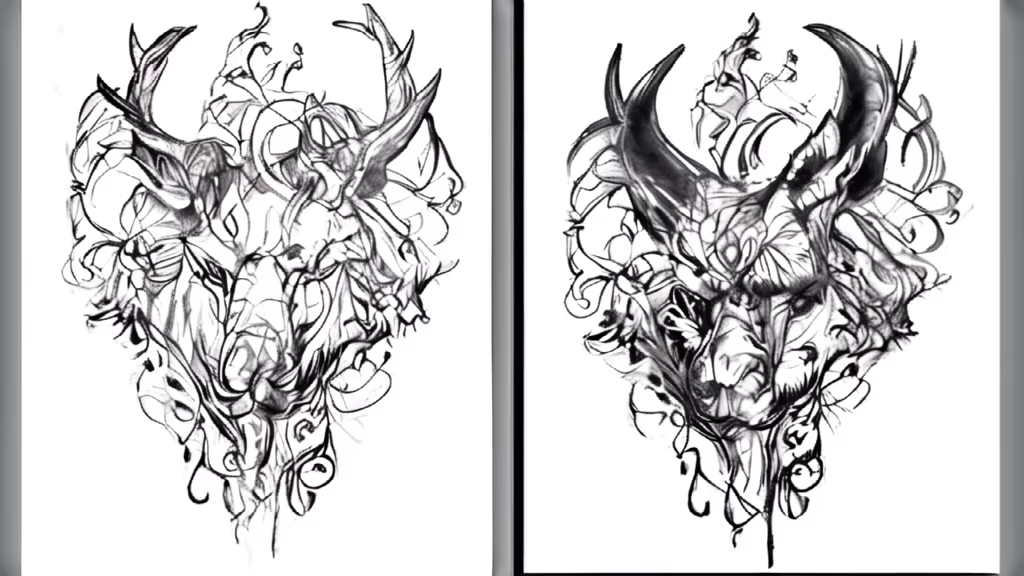
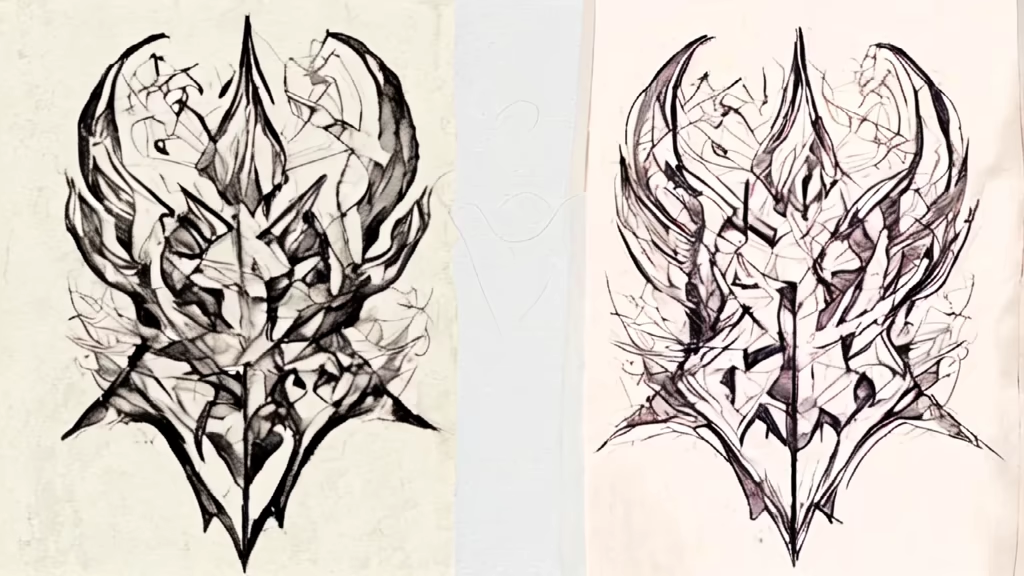


Prompt: https://bzuimg-1304102410.cos.accelerate.myqcloud.com/web_img/202312/74a729b318e33c7.jpeg, Activity illustration, detail description, flattening, landscape map, Hand Drawing, 8K, HDR, UhD, detailed, --ar 750:1334 --q 4 --stop 50 --no 混乱色调
Style: Line Art


Prompt: Design and Model: The aircraft would typically be a fighter or bomber model such as the P-51 Mustang, B-17 Flying Fortress, or B-24 Liberator. Fighters were sleek, single-seat aircraft, while bombers were larger, multi-crew machines. Livery and Markings: These airplanes often had olive drab or silver aluminum fuselages. They featured specific insignias like the white star in a blue roundel, often with white bars extending from the sides. Squadron markings and individual aircraft identification numbers were also common. Armament: Fighter planes were equipped with machine guns or cannons, usually mounted on the wings. Bombers had multiple gun turrets for defense against enemy fighters, in addition to their bomb load. Propulsion: Most of these planes were propeller-driven. Fighters had single engines, while bombers had multiple engines (usually four). The propellers were typically three-bladed and made of metal. Cockpit and Canopy: The cockpits were relatively small with limited visibility. The canopy on fighters was often a teardrop shape, while bombers had larger, more complex cockpit structures. Wings and Tail: Fighters had distinct, often elliptical wing shapes for maneuverability, while bombers had larger, straighter wings for stability and payload capacity. The tail design varied, but vertical and horizontal stabilizers were prominent features. Size and Build: Fighters were compact and agile, built for speed and maneuverability. Bombers were much larger, designed for long-range missions and heavy bomb loads. Historical Significance: These aircraft played crucial roles in various theaters of the war, from the European to the Pacific fronts. They were instrumental in air superiority, ground support, and strategic bombing campaigns.
Style: Line Art




Prompt: All Jordan sneakers, realistic, real, full screen, textured, colorful wallpapers Jordan1 Jordan2 Jordan3 Jordan4 Jordan5 Jordan6 Jordan7

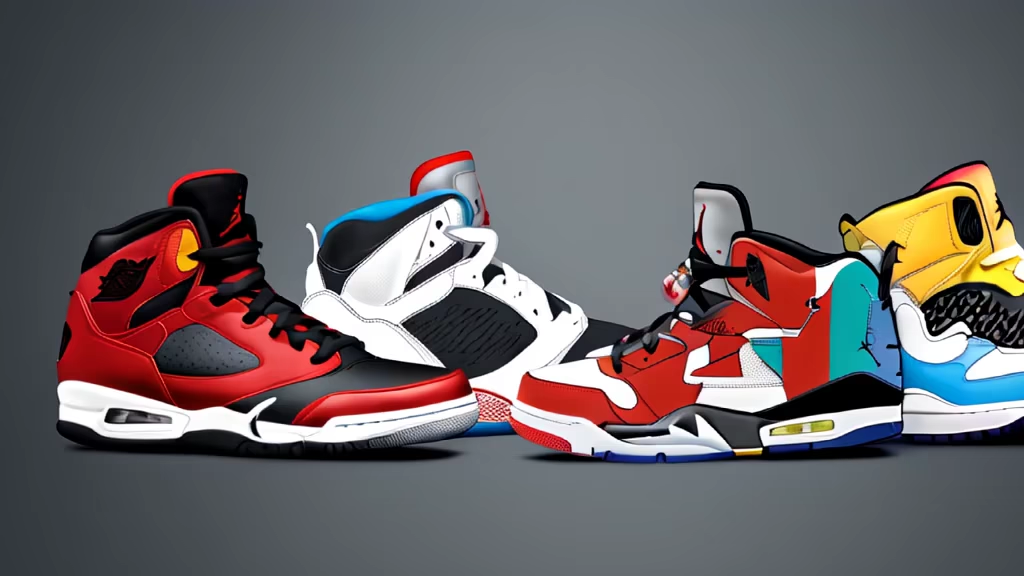




Prompt: https://media.discordapp.net/attachments/1100170312106127410/1179690041166012436/logos_icons_line_drawings_M_letters_dream_letters_HD_quality_red_and_black_free_lines_strong_colors_style-Line_Art_seed-0ts-1701330419_idx-0.png?ex=657ab2f7\u0026is=65683df7\u0026hm=19c7831550128e2221e41908e0ecc31feefa6309b15132f8c37bfe0b7f649c34\u0026=\u0026format=webp\u0026quality=lossless\u0026width=683\u0026height=683,Dream with AI written in gold font underneath the logo
Style: Line Art




Prompt: Adidas sneaker superstar Disney Mickey Mouse upper sneakers, black white red yellow, Adidas three stripes logo can only be white
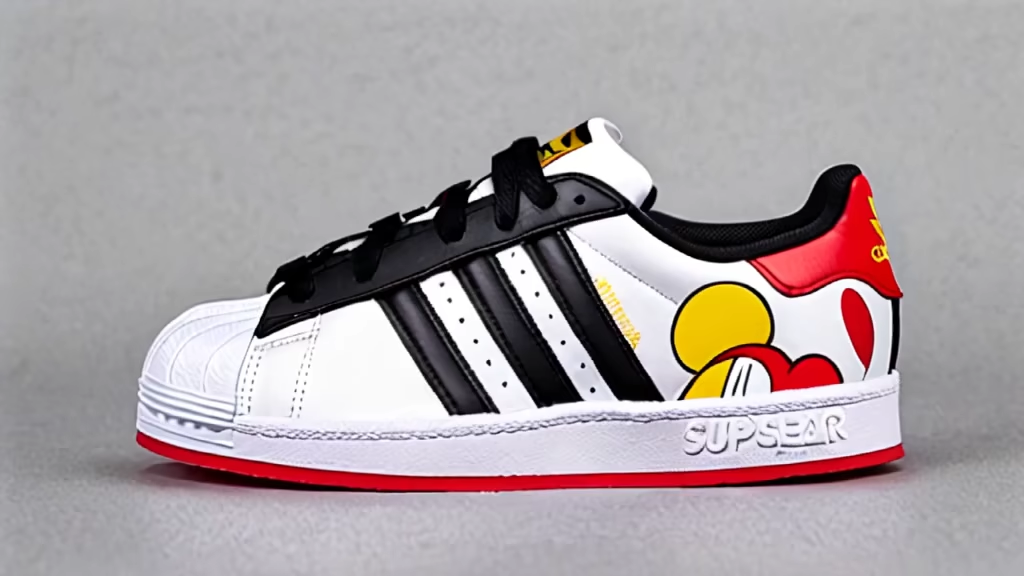

Prompt: video of a rocking chair in the particular Shadow of a hideous bony foot with extra long witch'nails horror style zoom on the feet
Style: Origami




Prompt: Design and Model: The aircraft would typicallyor bomber model such as the P-51 Mustang, B-17 Flying Fortress, or B-24 Liberator. while bombers were larger, multi-crew machines. Livery and Markings: These airplanes often had olive drab or silver aluminum fuselages. They featured specific insignias like the white star in a blue roundel, often with white bars extending from the sides. Squadron markings and individual aircraft identification numbers were also common. Armament: Fighter planes were equipped with machine guns or cannons, usually mounted on the wings. Bombers had multiple gun turrets for defense against enemy fighters, in addition to their bomb load. Propulsion: Most of these planes were propeller-driven. Fighters had single engines, while bombers had multiple engines (usually four). The propellers were typically three-bladed and made of metal. Cockpit and Canopy: The cockpits were relatively small with limited visibility. The canopy on fighters was often a teardrop shape, while bombers had larger, more complex cockpit structures. Wings and Tail: Fighters had distinct, often elliptical wing shapes for maneuverability, while bombers had larger, straighter wings for stability and payload capacity. The tail design varied, but vertical and horizontal stabilizers were prominent features. Size and Build: Fighters were compact and agile, built for speed and maneuverability. Bombers were much larger, designed for long-range missions and heavy bomb loads. Historical Significance: These aircraft played crucial roles in various theaters of the war, from the European to the Pacific fronts. They were instrumental in air superiority, ground support, and strategic bombing campaigns.
Style: Line Art


